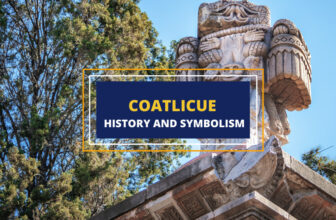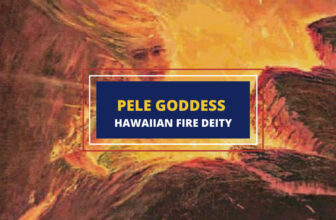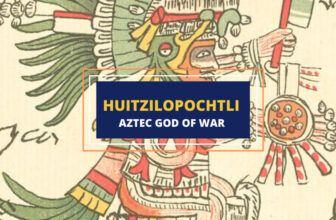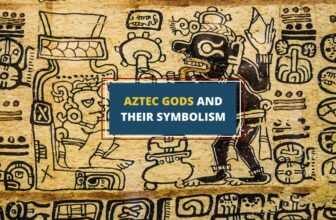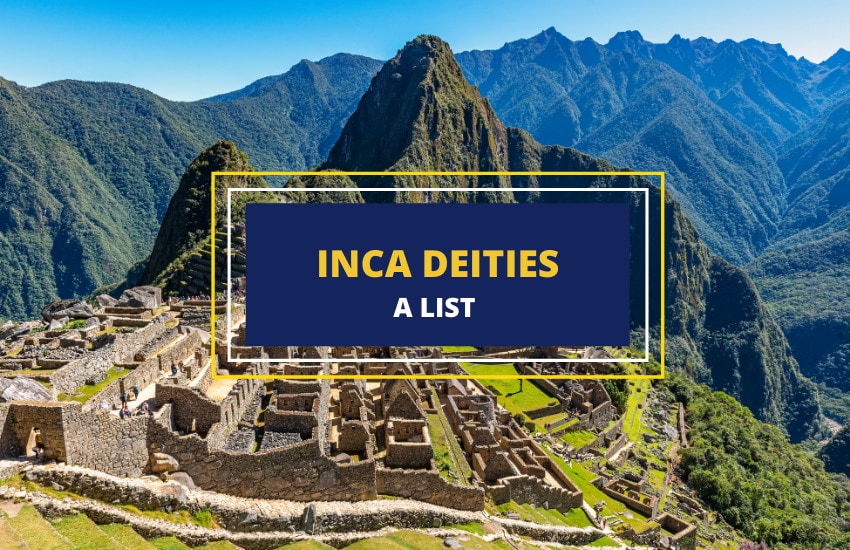
Table of Contents
One of the most powerful native empires of South America, the Incas first appeared in the Andes region during the 12th century CE.
The Incas were highly religious, and their religion played an important role in everything they did. When they conquered other peoples, they allowed the worship of their own gods as long as the Inca deities were worshipped above them. Because of this, the Inca religion was influenced by many beliefs.
The center of the Inca religion and mythology was the worship of the sun, as well as the worship of nature gods, animism, and fetishism.
Most of the principal gods of the Inca pantheon represented forces of nature. The Inca even believed that gods, spirits, and ancestors could manifest in the form of mountain peaks, caves, springs, rivers, and peculiar shaped stones.
This article outlines a list of Inca gods and goddesses, along with their significance for the Incas.
1- Viracocha God
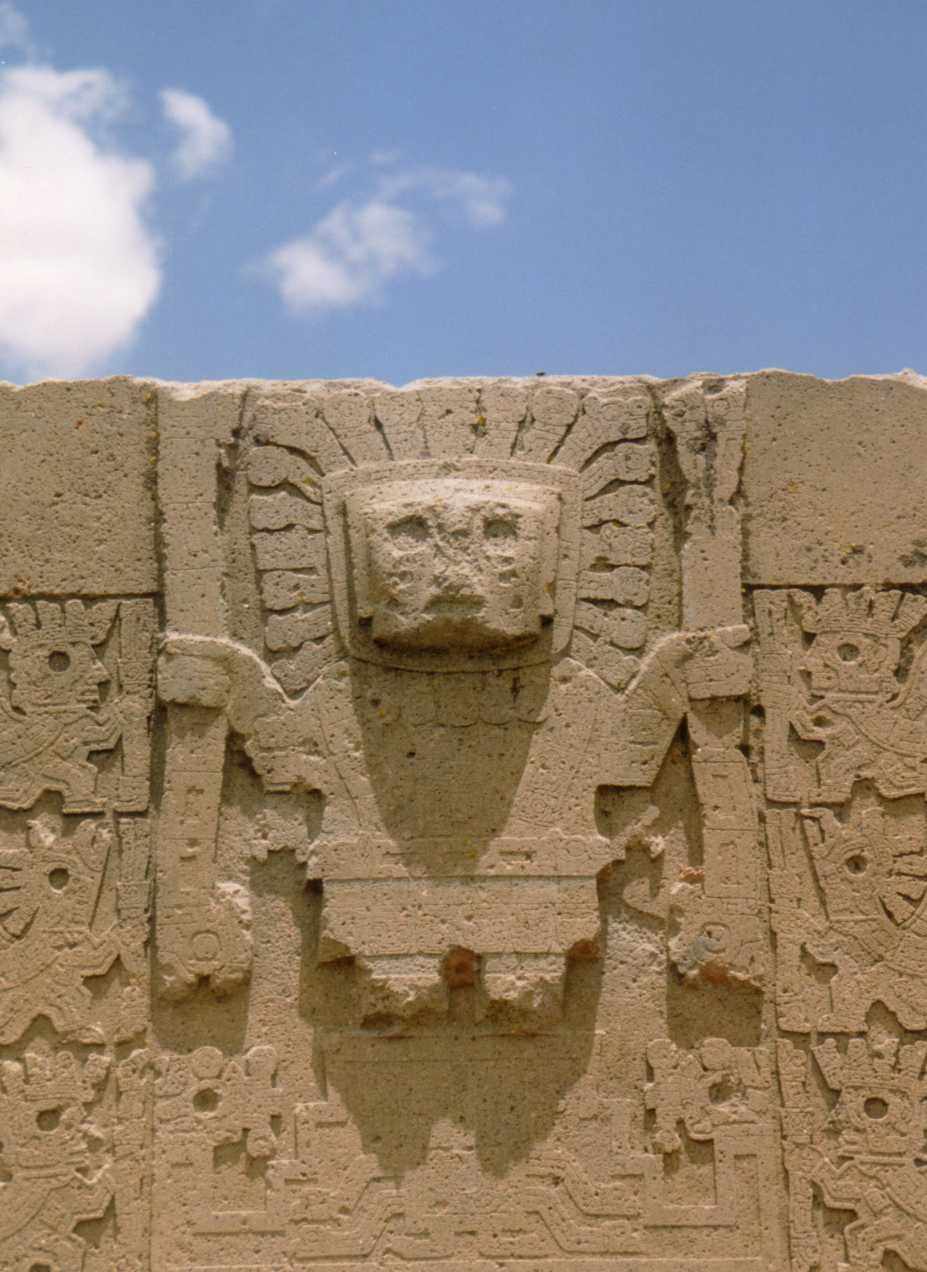
Also spelled Wiraqoca or Huiracocha, Viracocha was the creator god originally worshipped by the pre-Inca peoples and later incorporated into the Inca pantheon. He had a long list of titles, including the Old Man of the Sky, the Ancient One, and the Lord Instructor of the World.
He’s commonly depicted as a bearded man wearing a long robe and carrying a staff. He was also represented wearing the sun as a crown, with thunderbolts in his hands, suggesting that he was worshipped as a sun god and a god of storms.
Viracocha was thought to be the divine protector of the Inca ruler Pachacuti, who dreamed of Viracocha helping the Inca against the Chanca in a battle. Upon the victory, the emperor built a temple dedicated to Viracocha at Cuzco.
The cult of Viracocha is extremely ancient, as he was believed to be the creator of the Tiwanaku civilization, the ancestors of the Inca. It’s likely that he was introduced to the Inca pantheon under the reign of emperor Viracocha, who took the god’s name. He was actively worshiped by the nobility around 400 to 1500 CE, but figured less prominently in the daily life of the Incas unlike other gods.
2- Inti God
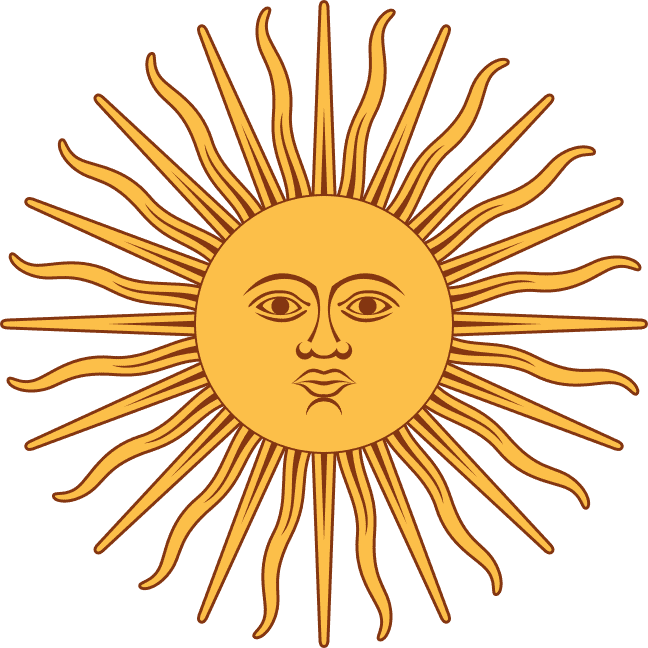
Also known as Apu-punchau, Inti was the god of the sun and the most important Inca god. He was associated with gold, and called the sweat of the sun. He was represented as a gold disk, with a human face and rays projecting from his head. According to some myths, he gave the Incas the gift of civilization through his son Manco Capac, who was the founder of the Inca Empire.
Inti was viewed as the patron of the empire and the divine ancestor of the Inca. The Inca emperors were believed to be his living representatives. Such was this deity’s status, that his High Priest was the second most powerful person after the emperor. Apart from the Temple of the Sun or the Coricancha, Inti had a temple at Sacsahuaman, located just outside Cuzco.
The worship of Inti hasn’t completely died out. Even in the 20th century, the Quechua people perceive him as part of the Christian trinity. One of the most important ceremonies where he is worshipped is the Inti Raymi festival, held every winter solstice if the southern hemisphere—the time when the sun is farthest from the earth. Then, Inti is celebrated with ritual dances, lavish feasting, and animal sacrifice.
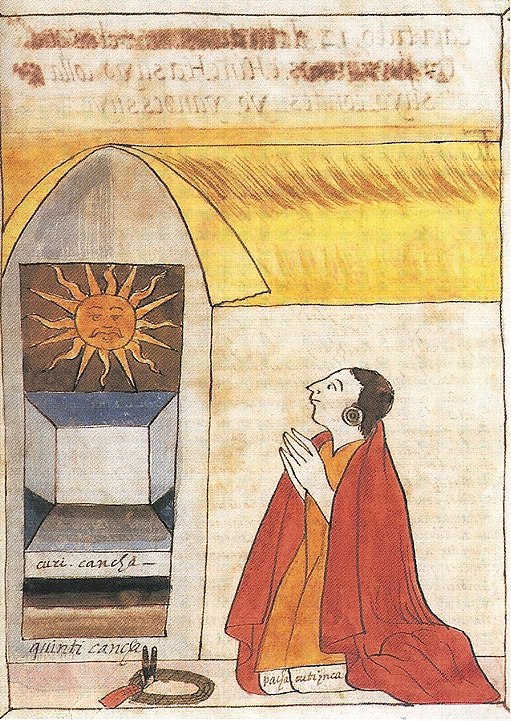
3- Apu Illapu God
The Inca god of rain, lightning, thunder, and storms, Apu Illapu had a significant role in a culture that depended on agriculture. Also known as Ilyapa or Illapa, he was one of the everyday gods of the Inca. In times of drought, prayers, and sacrifices—sometimes humans—were offered to him. There is a legend which states that in order to create a storm, the Inca tied up black dogs and left them to starve as an offering to Apu, in hopes that the weather god would send rain.
In many accounts, Apu Illapu is described wearing a shining garment (representing lightning) and holding a sling (the sound of which symbolizes thunder) and a war club (symbolizing a lightning bolt).
In the myths, it’s said that Apu Illapu filled a jug of water in the Milky Way, which was regarded as a heavenly river, and gave it to his sister to guard, but he broke the stone by accident with his sling stone and caused rain.
The Quechua people in the Peruvian Andes associated him with Saint James, the patron saint of Spain.
4- Mama Quilla Goddess
The wife and sister of the sun god, Mama Quilla was goddess of the moon. She was associated with silver, which symbolized the tears of the moon, and was portrayed as a silver disk with human features, wearing the moon as crown. The markings on the moon were thought to be the features of the goddess’ face.
The Incas calculated time with the phases of the moon, implying that Mama Quilla governed the ceremonial calendar and guided the agricultural cycles. Since the waxing and waning of the moon was also used to predict monthly cycles, she was regarded as the regulator of women’s menstrual cycles. As a result, she was also the protector of married women.
At the Temple of the Sun at Cuzco, mummies of past Inca queens stand alongside the image of Mama Quilla. The Incas believed that lunar eclipses were caused by a mountain lion or a serpent trying to devour her, so they made all the noise and threw their weapons to the sky to protect her.
5- Pachamama Goddess
Also known as Mama Allpa or Paca Mama, Pachamama was the Inca earth mother and the fertility goddess who watched over planting and harvesting. She was depicted as a dragon who crawled and slithered under the earth, causing the plants to grow. Farmers built stone altars dedicated to her at the center of their fields, so they could offer sacrifices in hopes of a good harvest.
After the Spanish conquest, Pachamama merged with the Christian Virgin Mary. The worship of the goddess survived in the Indian communities of the Altiplano—a region in southeastern Peru and western Bolivia. She’s the highest divinity of the Quechua and Aymara peoples, who continuously honor her with offerings and fires.
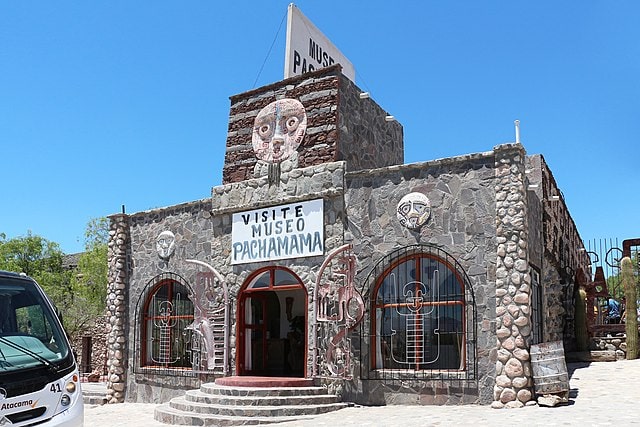
6- Cochamama Goddess
Also spelled Mama Qoca or Mama Cocha, Cochamama was the goddess of the sea and wife of creator god Viracocha. Originally, she was a pre-Inca goddess of coastal regions who retained her influence under the Inca rule. She had powers over all bodies of water, so the Incas relied on her to provide fish to eat.
Apart from fishermen, sailors also believed that Cochamama ensured their safety at sea. Nowadays, some South American Indians who depend on the sea for their livelihood still invoke her. Those who live in the Andes highlands sometimes bring their children to bathe in the ocean, in hopes of ensuring their well-being through the goddess.
7- Cuichu God
The Inca god of the rainbow, Cuichu served the god of the sun, Inti, and the goddess of the moon, Mama Quilla. Also known as Cuycha, he had his own temple within the sacred Coricancha complex, featuring a golden arc painted with seven colors of the rainbow. In Inca belief, the rainbows were also two-headed serpents that had their heads buried in springs deep in the earth.
8- Catequil God
The Inca thunder and lightning god, Catequil was usually depicted carrying a sling and a mace. Like the rainbow god, he also served Inti and Mama Quilla. He appears to have been a highly significant deity to the Inca, and even children were sacrificed to him. In some myths, he’s thought to produce lightning and thunder by throwing stones with his sling. To the Huamachuco Indians in Peru, Catequil was known as Apocatequil, the god of the night.
9- Apus Gods
The gods of the mountains and protectors of villages, the Apus were lesser deities that affected natural phenomena. The Inca believed that they could increase the fertility of the type of livestock that were offered, so animal sacrifices, burnt offerings, incantations, and drinking cane alcohol and corn beer were common to honor them.
10- Urcaguary God
The god of the underground items of great values such as metals and jewels, Urcaguary was the serpent god of the Inca. He’s commonly depicted with a head of a red deer and a tail made up of woven gold chains. According to the myths, he’s said to live in the cave from which Manco Capac, the first ruler of Inca, and his brothers emerged. He’s also said to guard underground treasures.
11- Supay God
The god of death and evil spirits of the Inca, Supay was invoked by people in order not to harm them. He was influential in their everyday life, as children were even sacrificed for him. He was also the ruler of the underworld or the Ukhu Pacha. Later, he became merged with the Christian devil—and the name supay began to be used to refer to all evil spirits of the Andes highlands, including the Anchancho. However, some sources say that he was of little or no concern and wasn’t as significant as he is made out to be by other sources.
12- Pariacaca God
Adopted from the Huarochiri, Pariacaca was the hero god of the Indians of the Peruvian coast. Later, the Inca adopted him as their creator god, as well as the god of the waters, flood, rain and thunder. The Inca believed that he hatched from a falcon egg, and later became human. In some stories, he flooded the earth when humans displeased him.
13- Pachacamac God
In pre-Inca times, Pachacamac was worshipped as a creator god in the Lima region of Peru. He was believed to be the son of the sun god, and some worshipped him as the god of fire. Since he was believed to be invisible, he was never depicted in art. Pachacamac was held in such reverence that people didn’t speak his name. Instead, they made gestures by bowing their heads and kissing the air to honor him.
At the pilgrimage site in Lurin Valley, which was named after Pachacamac, is a huge sanctuary dedicated to him.
When the Inca took control of those regions, they didn’t replace Pachacamac but instead added him to their pantheon of gods. After the Incas allowed his worship to continue, he eventually became merged with the Inca creator god Viracocha.
Wrapping Up
The Inca religion was polytheistic, with Inti, Viracocha, and Apu Illapu being the most important gods of the empire. After the Spanish conquest in 1532, the Spaniards began converting the Incas to Christianity. Today, the descendants of the Inca are the Quechua people of the Andes, and while their religion is Roman Catholicism, it’s still infused with many of the Inca ceremonies and traditions.




